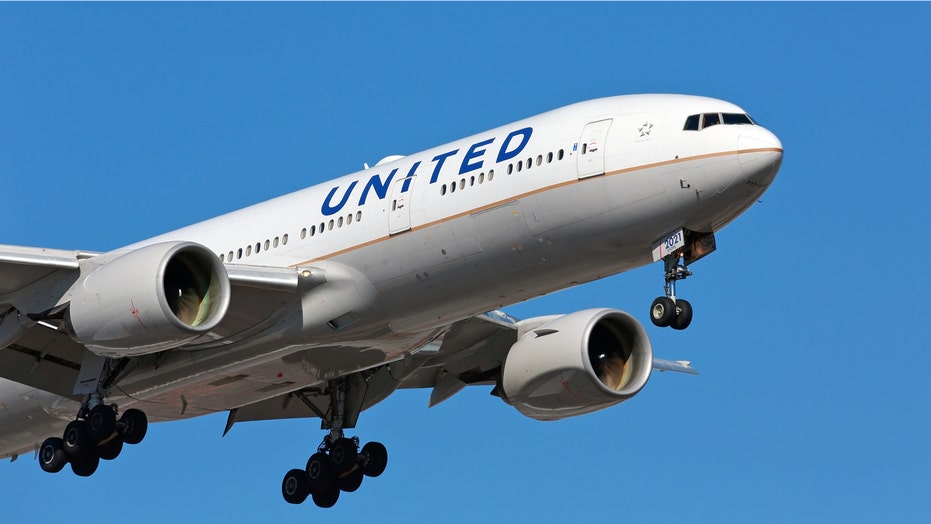January 7, 2009
United Awarelines

While researching for a previous article the precise times that each of the four 9/11 hijacked aircraft had deviated from their respective flight plans, I came upon a curious remark in the 9/11 Commission Report. The remark dealt with United Airlines Flight 175 (Flight 175), the second hijacked aircraft that crashed into the World Trade Center at 09:03. The particular remark accompanies the last timeline entry listed for the flight at 09:20, and reads, "UA headquarters aware that Flight 175 had crashed into WTC".1
This time is incorrect. United Airlines Headquarters became aware of Flight 175’s impact into Two World Trade Center as soon as the aircraft crashed at 09:03. How did United Airlines learn so quickly where and into what Flight 175 crashed?
On September 11, 2001 airline managers at United Airlines’ Special Operations Center, located at the time at United’s headquarters in Elk Grove, Illinois, manned aircraft-tracking workstations equipped with six TV monitors for 24/7 satellite cable news viewing.2 These satellite television monitors were positioned immediately to the left of each manger’s aircraft-tracking monitor. So when an aircraft impacted the south tower at 09:03, at the precise time that Flight 175 disappeared from UA’s tracking monitors over New York City, UA's airline managers saw the impact on their satellite television feeds, as did those of us who were watching television that morning. Immediately UA airline managers would have put two and two together, and known that the aircraft they just saw on the television news fly into the south tower was, in fact, their aircraft that had just disappeared from their aircraft-tracking monitors at the same time, at the same altitude and over the same precise location.
One might ask how could United Airlines have tracked Flight 175 when that aircraft’s transponder was turned off? Of the four aircraft hijacked on 9/11, only Flight 175’s transponder remained turned on. According to the 9/11 Commission Report, while "United 175’s transponder code changed, and then changed again"3 the transponder signal was never lost. United Airlines was tracking Flight 175 until it crashed.
The 9/11 Commission Report being off by seventeen minutes in its claim as to when United Airlines became aware of Flight 175’s crash into Two World Trade Center wouldn’t be a critical issue if it weren’t for what it portents for the other United Airlines aircraft hijacked on 9/11…United Airlines Flight 93.
At 11:43 on the morning of 9/11 WCPO radio in Cincinnati posted an AP article titled "Plane Lands in Cleveland: Bomb Feared Aboard"4 concerning the strange occurrence of a commercial airliner making an emergency landing at Cleveland Hopkins Airport due to a bomb threat. AP reported that Mayor Michael R. White of Cleveland had identified the aircraft as a 767 out of Boston. Mayor White added that the aircraft had been moved to a secure area of the airport and evacuated. Why, one might ask, do I consider it strange that a commercial airliner experiencing a bomb threat would be diverted and landed before it reaches its destination? Strange because the AP article identified the aircraft in question as United Airlines Flight 93, the very Flight 93 that crashed in Shanksville, Pennsylvania at 10:03 AM. In the third paragraph AP reports, "United identified the plane as Flight 93."5
In the forth paragraph AP reports, "United said it was also "deeply concerned" about another flight, Flight 175, a Boeing 767, which was bound from Boston to Los Angeles."6 This paragraph tells us that AP was talking to United Airlines about Flight 93 before 09:03.7 Why before 09:03? Because as discussed above United Airlines would have been tracking Flight 175 throughout it’s journey and instantly known through UA's Special Operations Center that it had crashed when it did at 09:03 over New York City. Since AP doesn’t mention the crash of a second aircraft in the article, we have proof that AP got the United Airlines quotes while UA was still tracking Flight 175 in the air, or before 09:03.
Confirmation of United Airlines immediate realization that Flight 175 had crashed over New York City at 09:03 comes from Colin Scoggins "the go-to guy at Boston Center for all things military"8. Scoggins recalls United Airlines swift confirmation determination: "When we phoned United [after the second tower was hit], they confirmed that United 175 was down, and I think they confirmed that within two or three minutes."9
Therefore when United Airlines CEO James Goodwin says in the AP article, "United is working with all the relevant authorities, including the FBI, to obtain further information on these flights [UA Flights 175 and 93],"10 this tells us that AP was talking to United long before Flight 93 was known to have been hijacked, which was at 09:28.11 However, United Airlines would have had no reason to be discussing Flight 93 with AP before 09:28 according to the official 9/11 narrative, which leads us to the inevitable conclusion that the AP article does indeed confirm the landing of Flight 93 at Cleveland Hopkins Airport when it quotes UA saying, "United identified the plane as Flight 93".12
For more on this topic, see the May 28, 2008 article One Of Our Aircraft Isn’t Missing.
----------------------------------------------------------------
1.The 9/11 Commission Report, p. 32.
2.United Visual
3.The 9/11 Commission Report, p. 21.
4.WCPO.com
5.Ibid.
6.Ibid.
7.If the AP reporter had contacted United Airlines after 09:03, the AP article would not have been a story on Flight 93 landing at Cleveland Hopkins Airport, but instead a story on Flight 175 crashing into Two World Trade Center.
8.Vanity Fair, 8/1/2006
9.Ibid.
10.WCPO.com
11.CNN.com

Comments
Post a Comment